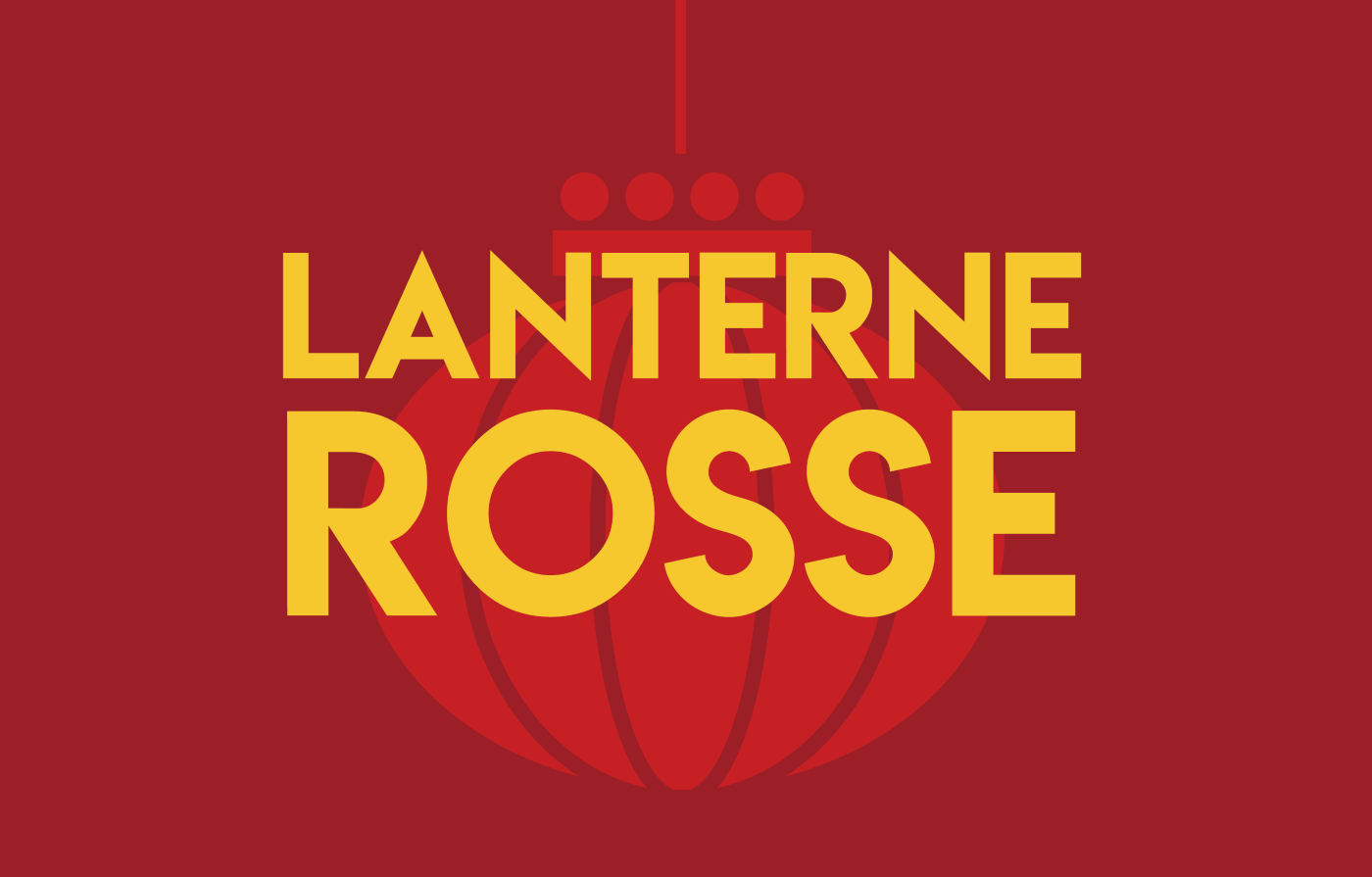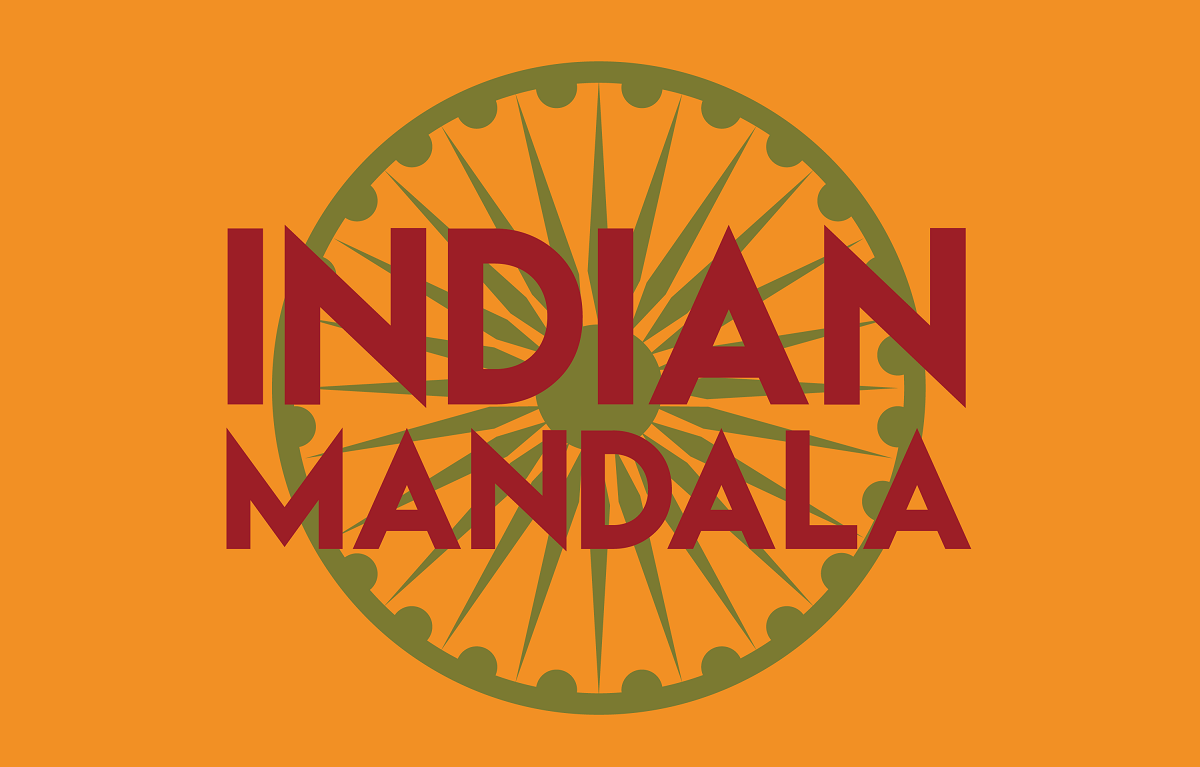Death of a student rejected by eight hospitals highlights South Korea’s doctor shortage
An 18-year-old man died of cardiac arrest after he was turned away by several hospitals due to a lack of paediatric specialists. The case reignites the debate over the severe shortage of medical doctors in South Korea, which former President Yoon Suk-yeol had tried to address, but which specialists opposed in a lengthy strike. Paediatrics, in particular, faces serious issues due to the country's low birthrate.
Busan (AsiaNews) – An 18-year-old man died in an ambulance of a heart attack after being turned away by eight hospitals that had no paediatricians available to treat his case.
The incident, which occurred last month, has reignited the national debate over the severe shortage of medical doctors and specialists in the country.
According to Chosun Daily, in Busan a teacher found the young man convulsing around 6:20 am, 20 October.
After being placed in an ambulance, the paramedics searched for a hospital willing to take him. “We called five major hospitals in Busan and explained his symptoms, but all refused to accept him," a fire department official explained.
All the hospitals said the same thing, namely that, based on his symptoms (delirious state, seizures, breathing difficulties), the teen required paediatric neurology treatment, and that he could not be accepted “due to a lack of paediatric neurology specialists. Follow-up treatment is difficult," the hospitals reportedly said.
Even the paramedics' attempt to contact the Emergency Medical Situation Management Centre, which called some of the facilities already contacted by the ambulance, was unsuccessful. After about an hour, around 7:30 am, the young man went into cardiac arrest.
In such a case, hospitals are required to admit the patient, regardless of the presence of specialists. However, by the time he arrived at the nearest hospital five minutes later, he was dead.
The incident sparked a wave of indignation online. A professor from the university hospital in Busan’s emergency medicine department, told Chosun Daily that the student’s condition may not have been properly assessed, and that the hospitals, upon hearing the paramedics' account of the symptoms, "might have perceived him as an epileptic patient."
Subsequent investigations revealed that the teen had fallen from the school building, a fact that had not been made clear when emergency services arrived.
According to the OECD, South Korea has one of the lowest doctor-to-population ratios among developed countries, at just 2.6 doctors per 1,000 inhabitants. Austria tops the list, with a ratio of 5.5.
In February last year, then President Yoon Suk-yeol proposed increasing the number of places in medical schools to address the shortage of doctors, but this sparked a nationwide strike that lasted several months.
During the protests, several people died when healthcare facilities refused to accept them.
The issue remains unresolved in South Korea today. Due to doctors' refusal to return to work, the government was forced to backtrack on the reform.
At the same time, doctors have criticised the government for failing to improve working conditions and the number of specialities in the departments with problems, and for failing to provide support for low-performing specialities.
Paediatric specialisation, in particular, faces a dire situation due to South Korea's low birth rate.
Between 2017 and 2022, the number of paediatric hospitals and clinics decreased by 12.5 per cent, while psychiatric hospitals increased by 76.8 per cent, and anaesthesiology hospitals by 41.2 per cent over the same period.
In 2023, only 33 students applied for the 208 available spots in paediatric speciality training, which in South Korea covers children and teens up to 18.
“Paediatrics is considered a department with no future,” said Lim Hyun-taek, chairman of the Korea Paediatrics Association. “If something’s not done now, future babies and children of Korea will be deprived of their right to receive medical services.”
Paediatric visits are reimbursed at very low rates, making clinics and departments unsustainable, while the declining birth rate has drastically reduced patient numbers.
Added to this are particularly demanding shifts, high clinical liability, and a significant increase in legal disputes, exposing paediatricians to much higher insurance costs than other specialities.
12/02/2016 15:14
29/03/2018 13:00
05/09/2022 15:53
17/07/2020 12:23







.png)










